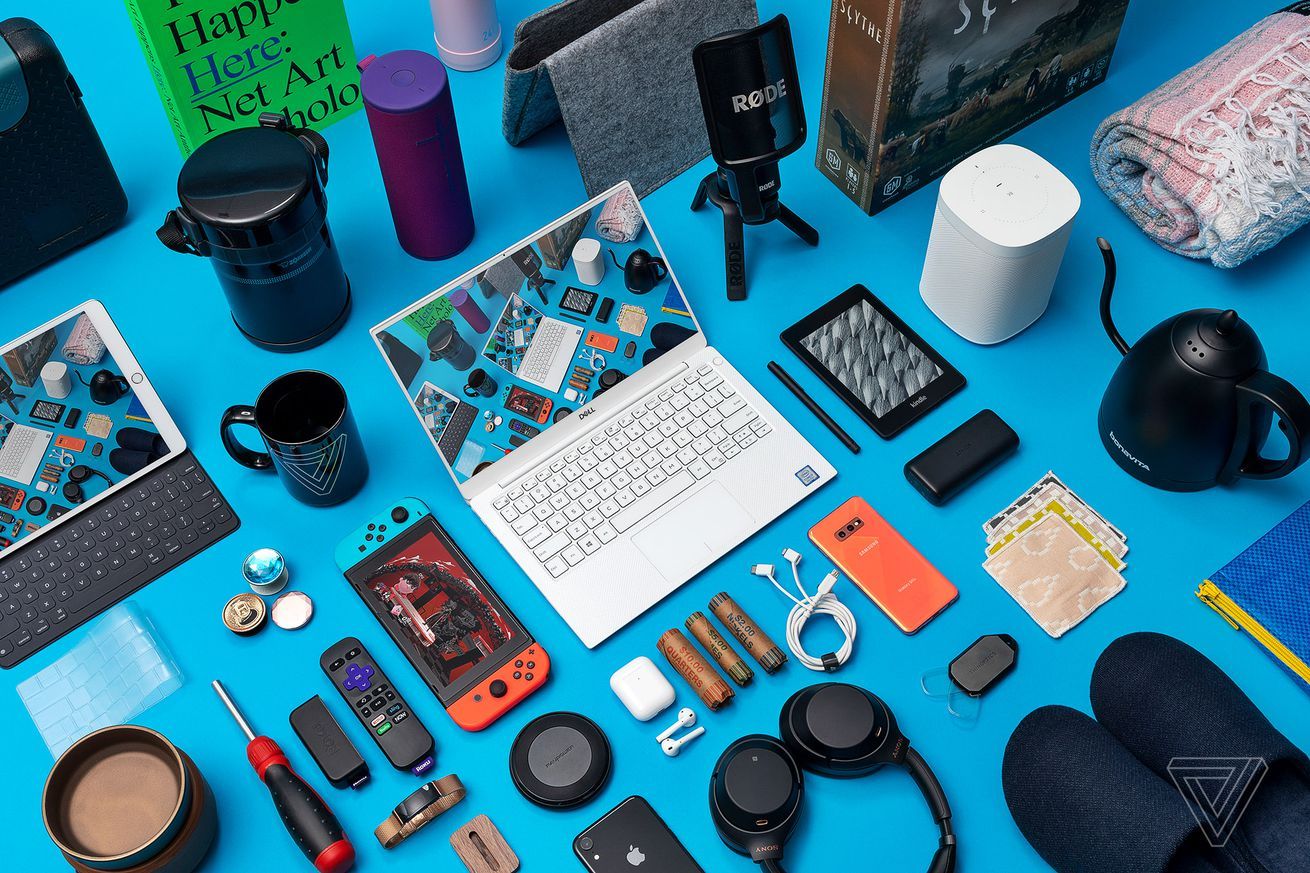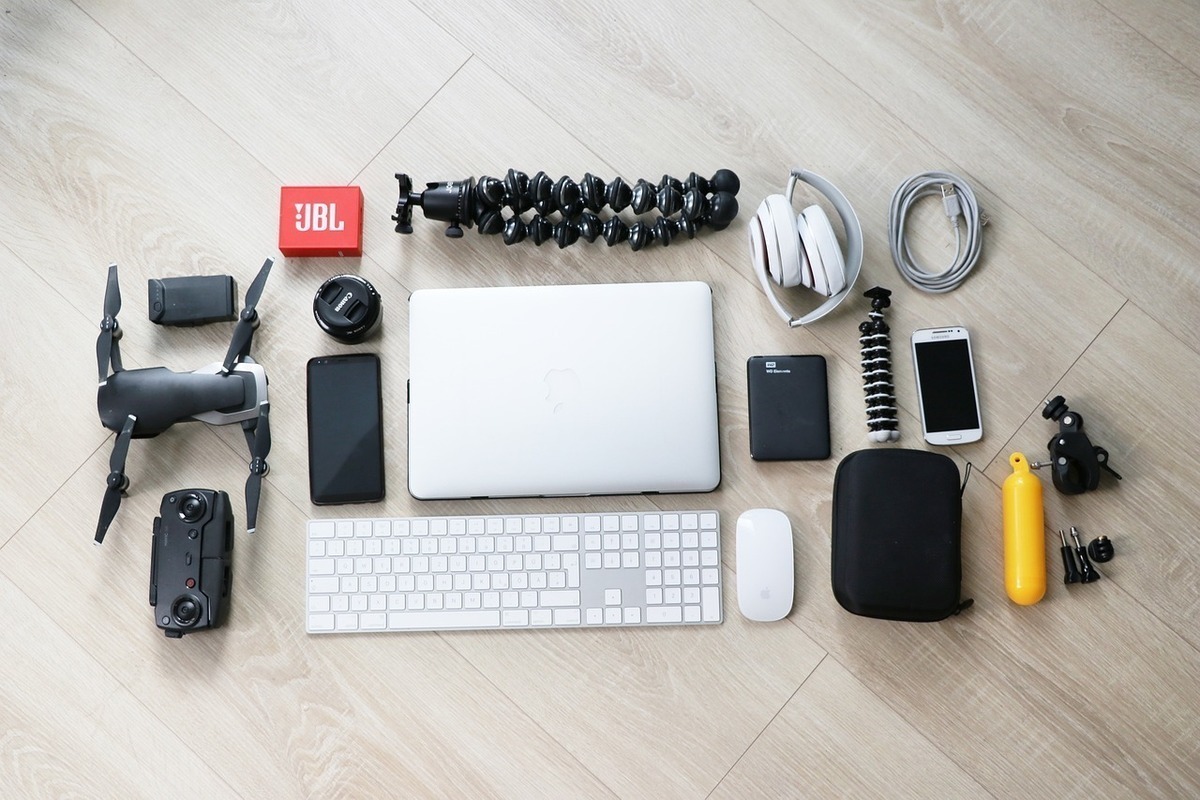In the modern world, smart devices have become an integral part of our everyday lives, transforming the way we work, communicate, entertain ourselves, and manage our homes. These devices, equipped with the ability to connect to the internet and communicate with other devices, are revolutionizing industries and creating new experiences that were once considered science fiction. From smartphones to smart thermostats and wearable technology, smart devices are rapidly advancing in both sophistication and accessibility.
In this comprehensive guide, we will delve into the definition of smart devices, explore the various types available, analyze their benefits and challenges, and examine how they are shaping the future of technology.
What Are Smart Devices?
At its core, a smart device is any object or piece of technology that can connect to the internet and interact with other devices or systems through the internet of things (IoT). These devices leverage data and advanced software to perform tasks that are automated, remotely controlled, or provide real-time feedback to the user. Whether it’s controlling the temperature of your home with a smart thermostat or checking your health metrics with a smartwatch, the rise of smart devices is central to the ongoing digital transformation.
Key Features of Smart Devices:
- Connectivity: Smart devices rely on wireless connections such as Wi-Fi, Bluetooth, or cellular networks to communicate with other devices and networks.
- Automation: Many smart devices can perform tasks automatically, based on pre-set conditions or real-time data.
- Integration: Smart devices often work together to create a seamless experience, such as smart homes where lights, thermostats, and security cameras can be controlled from a single app or platform.
- User Interaction: Through voice commands (e.g., Alexa, Google Assistant), apps, or sensors, users can interact with smart devices, providing flexibility and ease of use.
Types of Smart Devices
The range of smart devices continues to grow, encompassing virtually every aspect of life, from home automation to personal health. Below are the major categories of smart devices, each offering unique functionalities and benefits.
1. Smartphones and Tablets
Perhaps the most ubiquitous smart devices, smartphones are no longer just communication tools. These devices have evolved into multifunctional gadgets that serve as personal assistants, entertainment hubs, fitness trackers, and payment systems. Tablets, similarly, offer larger screens for tasks such as reading, watching videos, and productivity.
- Key Features: Apps for virtually every need, advanced cameras, voice assistants, real-time location tracking, and cloud storage.
- Popular Devices: Apple iPhone, Samsung Galaxy, iPad, Microsoft Surface.
2. Smart Home Devices
Smart home technology is one of the most rapidly growing areas in the smart device market. These devices allow users to automate and remotely control various aspects of their home, creating a more comfortable and energy-efficient living environment.
- Smart Thermostats: Devices like Nest or Ecobee learn your preferences and adjust the temperature to optimize comfort and energy savings.
- Smart Lights: Philips Hue and other smart lighting systems allow you to control brightness, color, and schedule lighting from your phone or voice assistant.
- Smart Security: Devices such as Ring doorbells and Nest cameras offer surveillance, motion detection, and real-time alerts to your phone.
- Smart Plugs and Switches: These can turn on or off appliances remotely or based on schedules, improving energy efficiency.
3. Wearable Technology
Wearable tech includes devices that you can wear on your body, and it has revolutionized personal health and fitness tracking. These gadgets integrate sensors to monitor everything from heart rate to sleep patterns.
- Smartwatches: Devices like the Apple Watch, Fitbit, and Garmin Fenix are capable of tracking fitness metrics, notifying you of calls and messages, and even providing GPS navigation.
- Smart Glasses: Glasses like Google Glass and Vuzix Blade offer augmented reality features, real-time notifications, and hands-free control.
4. Smart Health Devices
Smart health devices have had a significant impact on healthcare, empowering users to take control of their health and wellness. These devices monitor key health metrics in real-time and sync the data with smartphones or cloud-based systems.
- Smart Scales: Devices like Withings Body+ measure weight, BMI, and other body composition data.
- Blood Pressure Monitors: Omron smart devices allow you to track blood pressure readings and store data for later review.
- Fitness Trackers: Devices such as the Fitbit Charge or Whoop Strap track physical activity, monitor heart rate, and provide insights into your fitness level.
5. Smart Appliances
Smart appliances make everyday tasks more efficient by incorporating technology that enables remote control, automation, and monitoring.
- Smart Refrigerators: Samsung and LG offer refrigerators with features like touchscreens, cameras inside to see what’s in your fridge remotely, and even the ability to make grocery lists.
- Smart Washers and Dryers: Smart washing machines from LG and Samsung can be controlled via smartphone apps, allowing users to start or stop a cycle remotely and monitor energy use.
- Smart Ovens: Devices like June Oven offer voice control, recipe suggestions, and the ability to adjust temperature and cooking time from a mobile app.
6. Smart Speakers and Voice Assistants
Smart speakers are powered by voice assistants like Amazon Alexa, Google Assistant, or Apple Siri. These devices allow users to perform a range of tasks hands-free, from checking the weather to playing music or controlling other smart home devices.
- Popular Devices: Amazon Echo, Google Nest Audio, Apple HomePod.
- Key Features: Voice recognition, integration with smart home devices, music streaming, and shopping.
Benefits of Smart Devices
The integration of smart devices into daily life offers numerous benefits that enhance convenience, efficiency, and security.
1. Convenience
Smart devices make life more convenient by allowing users to control and automate tasks remotely or automatically. For instance, smart thermostats adjust the temperature based on your routine, and smart refrigerators can alert you when groceries are running low.
2. Improved Efficiency
Automation is a significant benefit of smart devices. Tasks such as adjusting lighting, setting alarms, and controlling temperature can be done without manual input, saving time and energy. Smart devices can also be programmed to optimize energy usage, leading to cost savings.
3. Enhanced Security
Smart home devices, including security cameras, smart locks, and video doorbells, offer an added layer of security for homes and businesses. Real-time notifications and remote monitoring allow users to keep an eye on their property even when they are far away.
4. Health Monitoring
Wearable health tech provides valuable insights into physical activity, heart rate, and sleep quality. By continuously monitoring these metrics, users can improve their health, set personal fitness goals, and even detect early signs of health issues.
5. Personalized Experiences
Smart devices adapt to your preferences over time. For example, a smart speaker can learn your favorite music genres, while a smart thermostat can adjust based on your daily schedule and preferred temperature settings.
Challenges and Concerns with Smart Devices
While smart devices offer various benefits, they also come with challenges and potential drawbacks. These include:
1. Privacy and Security Risks
Smart devices are continuously collecting data about users’ habits, locations, and preferences. This raises concerns about data security and the potential for unauthorized access. For example, hackers could potentially breach home security systems or access personal health data.
2. Compatibility and Integration Issues
Many smart devices come from different manufacturers, and not all are compatible with one another. Ensuring that all smart devices work seamlessly together can be challenging and may require investment in a unified platform or hub.
3. Reliability and Dependence on Connectivity
Smart devices rely on the internet and stable connectivity. If there are network outages or issues with device software, users may lose access to certain functionalities, making devices unreliable during these periods.
4. Cost and Accessibility
Although the prices of many smart devices have decreased over time, they can still be costly, particularly for high-end products such as smart refrigerators, wearables, or home security systems. This can limit access for some individuals and families.
The Future of Smart Devices
As technology continues to advance, smart devices will become even more integrated into our lives. Artificial intelligence (AI) and machine learning will enhance the ability of smart devices to anticipate our needs and automate processes even further. The rise of 5G networks will also enable faster and more reliable communication between devices, leading to an increase in the number of interconnected smart devices.
Emerging Trends:
- Voice-controlled smart devices: Voice recognition will continue to improve, making it easier for users to control devices hands-free.
- Augmented Reality (AR) and Virtual Reality (VR): The integration of AR and VR with smart devices will create immersive experiences for gaming, education, and professional use.
- Sustainability: Future smart devices will focus on reducing energy consumption, increasing efficiency, and utilizing eco-friendly materials to address environmental concerns.
Conclusion
Smart devices have revolutionized the way we live, work, and interact with the world around us. From the convenience of controlling your home with a smartphone to monitoring your health in real-time with wearable technology, smart devices are enhancing the quality of life and providing unprecedented levels of automation and personalization. As technology continues to evolve, these devices will only become more powerful, interconnected, and indispensable. While challenges such as privacy and security need to be addressed, the potential for smart devices to improve daily life remains enormous.
Embracing smart devices today means preparing for a future where technology continues to seamlessly integrate into our lives, making tasks simpler, safer, and more efficient.






Leave a Reply